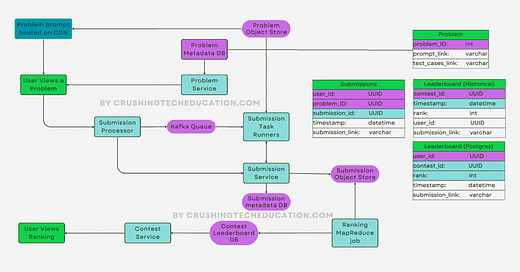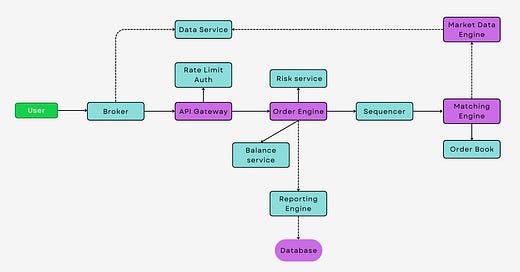
Leadership vs. Micromanaging in Engineering Management
How to balance leadership and micromanagement?
Engineering managers face the complex task of steering their teams effectively, balancing the fine line between guiding them towards shared objectives and overstepping into excessive control. This article explores the contrasting natures of leadership and micromanagement, examining their respective impacts on engineering teams, and discusses the delicate equilibrium engineering managers must maintain.
The Essence of Leadership in Engineering Management
Leadership within the context of engineering management centers around guiding a team towards collective goals while fostering an environment conducive to creativity and innovation. Key characteristics of this approach include:
Visionary Guidance: A leader in engineering sets a clear, overarching vision for projects or the team as a whole. This vision provides a sense of direction and purpose, clarifying team members' roles and aligning them with broader objectives.
Empowerment and Trust: A hallmark of effective leadership in this field is the trust and autonomy granted to team members. Leaders demonstrate faith in their team's expertise, allowing them the freedom to make decisions and tackle challenges independently. This empowerment not only boosts morale but also instills a sense of ownership and responsibility among team members.
Focus on Development: Leaders in engineering prioritize the growth and development of their team. They identify and nurture individual strengths, offering mentorship and learning opportunities. This focus on development not only enhances team skills but also cultivates a committed and proficient workforce.
Micromanagement in Engineering Teams
Contrastingly, micromanagement in engineering is characterized by an overbearing approach to team supervision, where managers closely scrutinize and control subordinate activities.
Intensive Oversight: Micromanagers are known for their meticulous monitoring and control of all aspects of work. Their involvement often extends to minor details, restricting team members' ability to make independent decisions or offer innovative ideas.
Short-term Orientation: This management style is typically driven by immediate objectives, prioritizing quick results over long-term team growth and innovation. This can suppress creative problem-solving and risk-taking, essential elements in engineering.
Effect on Team Morale: The micromanagement approach can significantly dampen team spirit and motivation. It tends to foster an atmosphere of mistrust and limits open communication, potentially leading to increased stress levels and employee burnout.
Balancing Leadership and Micromanagement
For engineering managers, the real challenge lies in striking a harmonious balance between being a leader and avoiding the pitfalls of micromanagement.
Situational Awareness: Recognizing when to offer guidance and when to allow independence is key. For example, newer team members or critical projects might necessitate closer involvement initially. However, as confidence and trust develop, managers should progressively adopt a more hands-off approach, empowering team members to take the lead.
Adaptive Management Style: Engineering managers must adapt their management style according to the situation, team dynamics, and individual needs. While some situations might require a firmer hand, others would benefit from a more laissez-faire approach, allowing team members the space to innovate and grow.
Communication and Feedback: Open lines of communication and regular feedback are crucial. Managers should clearly communicate expectations and be open to receiving feedback from their team. This two-way communication ensures that team members feel heard and valued, fostering a positive and productive work environment.











